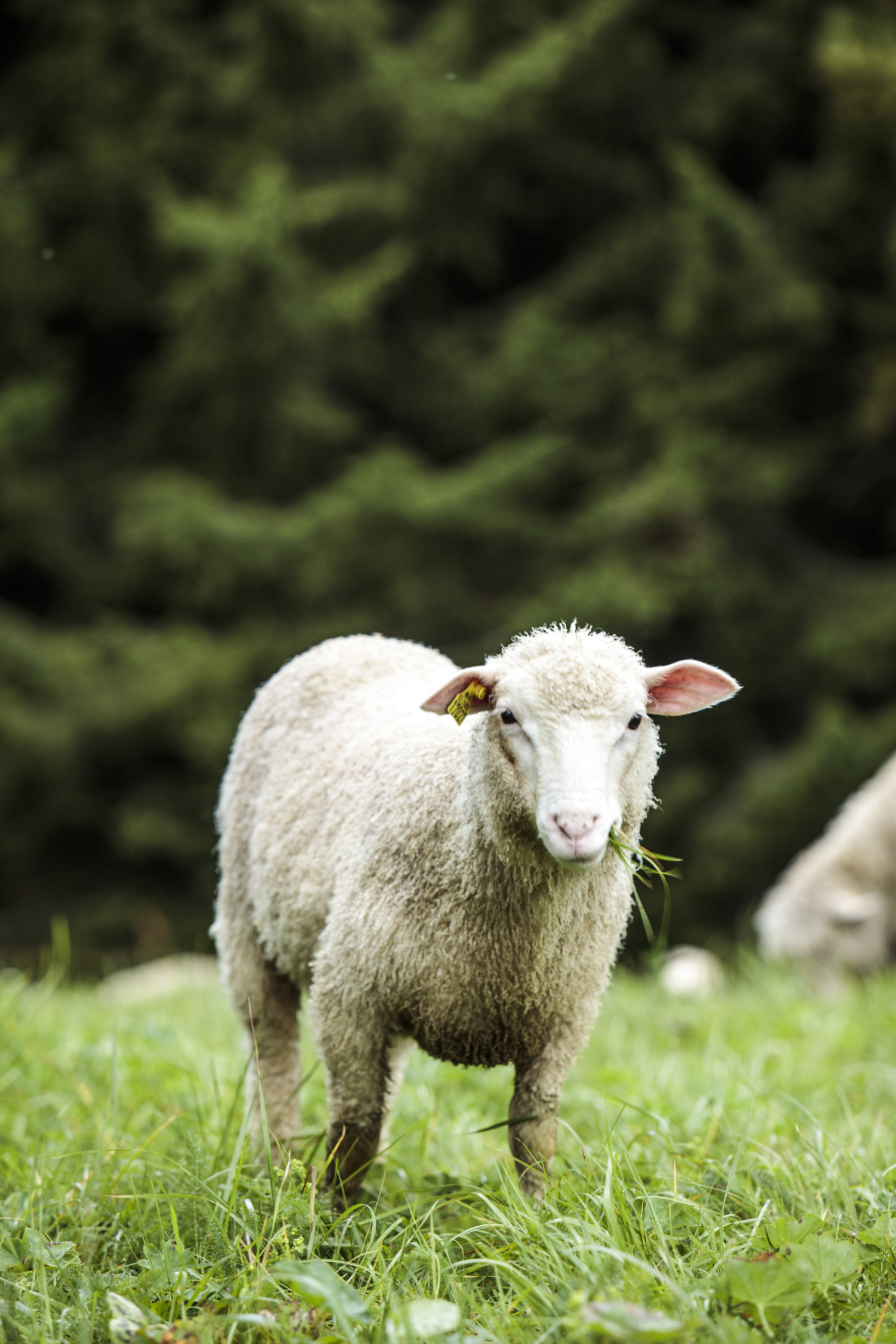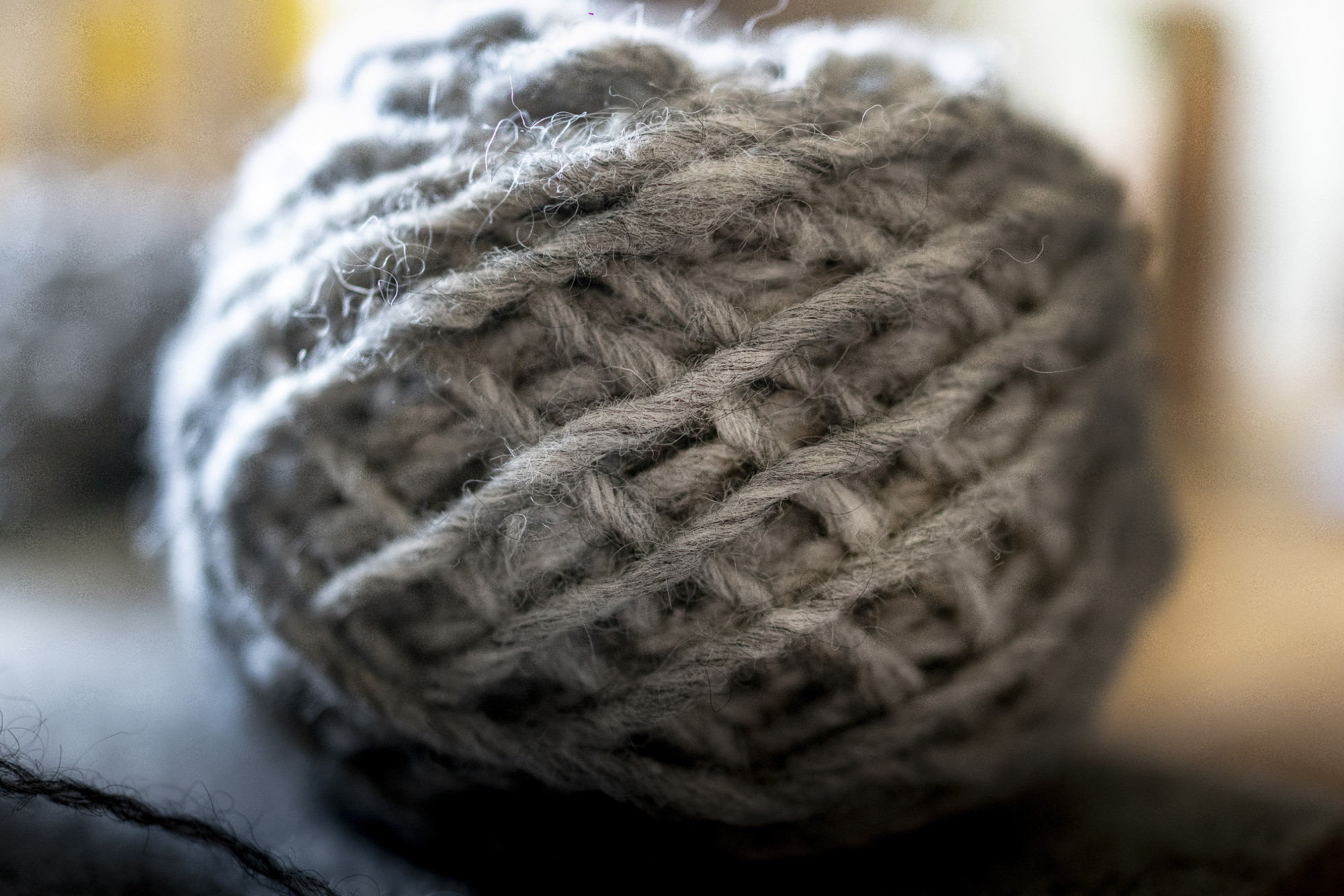Fjällräven Explains Its Use Of Wool

Swedish outdoors brand Fjällräven plans to convert its entire wool supply chain to either traceable or recycled/recovered by 2020. Here’s why It promises to keep you warm in wool for generations…
Why wool?
Wool is a highly sophisticated natural fibre and arguably one of nature’s most functional materials:
Warming when it's cold, pleasantly cooling when the weather is warm
Durable
Elastic
Renewable & Biodegradeable
Odour resistant while effectively wicking away moisture
Embracing difference - Different wool qualities for different purposes
Different sheep have different wool. Some are bred for thickness, others for fineness, some for extra durability, others for increased softness. Fjällräven gets its wool from a variety of sources to create products that cover a plethora of applications.
ZQ Wool - Traceable wool to farm level, certified and audited.
Re-Wool - pre and post consumer recycled wool, sorted, shredded and recycled to new yarns.
Recovered Wool - carefully selected surplus wool from Gotland.
Brattlands Wool - Swedish wool project with hollistic farm Brattlandsgården.
Non Mulesed Wool - mulesing-free high quality wool.
The bulk of Fjällräven’s wool, both merino and lamb’s wool, is traceable. It comes via New Zealand-based ZQ Wool. ZQ ensures the wool, from hand-selected farms in Australia and New Zealand, is traceable down to a collection of approved farms where the sheep graze. These farms are certified according to a number of criteria: animal welfare (based on the UN’s Five Freedoms of Animals); environmental, social and economic sustainability; and wool fibre quality. This is truly outstanding wool, ethically, environmentally and functionally.
Recycled wool is next. Known as Re-Wool at Fjällräven, this recycled wool comes from both pre- and post-consumer sources across the globe, manufactured for Fjällräven in Italy. It can be defined as old garments or spill wool from the wool industry that’s been colour-sorted, shredded and re-spun to make new garments. It brings appealing colour nuances to Fjällräven’s Re-Wool sweaters and shirts.
Recovered wool is similar to recycled wool, in so much as it’s taking otherwise discarded wool and repurposing it. There is a subtle difference however. This wool hasn’t been used to make a garment and is often a ‘waste’ product from the meat industry. But Fjällräven doesn’t see this as waste. It might not have the same quality as other, finer wool, but it is still a useful material, boasting all the same warming, wicking and odour-resistant properties. Fjällräven is using it as insulation inside some of their Jackets and Parkas and also as main ingredient in a moulded backplate for the Lappland Hike backpack.
Last, but certainly not least, is Brattland’s wool. This is the result of a pilot project whereby Fjällräven partnered with Swedish farm, Brattlandsgården, to raise Swedish sheep to create Swedish wool sweaters. The results have been so successful that Fjällräven has now incorporated this project into its wider wool supply mix. This wool is, of course, completely traceable down to the individual farm, which practices a more environmentally- friendly wholistic way of farming.
All the rest – sounds as though this would leave just the dregs of the world’s wool. But even Fjällräven’s regular wool is superb. Sourced from Australia and New Zealand, it’s mulesing-free, of outstanding quality and often blended with other materials to increase strength and/or durability, depending on usage. In this bracket, Fjällräven has everything from fine, merino wool used in base layers through to thicker, more durable wool used in shirts and sweaters.









